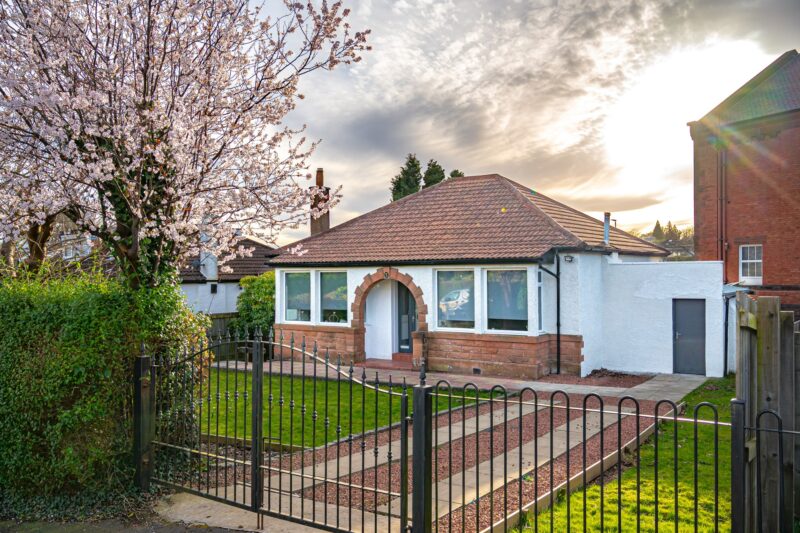
Make the Most of Your Garden This Winter
As we head towards Christmas we are getting into the coldest months of the year. We have actually experienced a fairly mild autumn so if you haven’t prepared your outside space for winter, now is your last chance to do so.
Add colour
The autumn and winter months bring with them some of the most beautiful foliage. The bursts of warm colours in the trees and shrubs can brighten up the duller days and make even the smallest of outdoor spaces a delightful place to spend time. By replanting your garden, window boxes, and potted containers in the coming weeks, you can create a stunning display for the autumn and winter seasons.
Outdoor chrysanthemums; cyclamen; blooming pansies; flowering heathers; evergreen perennials, like hardy ferns, lamium, heuchera, and Christmas Roses; holly and ivy; evergreen shrubs like low-trailing Gaultheria procumbens, Sarcoccoca hookeriana digyna; and potted topiary displays—all great for this time of year, and many of these plants will continue to look good throughout the winter.
Window boxes and potted containers are also a great way to brighten up the outside of your house, flat, or patio area if space is limited. The top 5 plants for winter containers recommended by the Royal Horticultural Society are viola, narcissus ‘Tête-à-tête’, heuchera ‘Burgundy Frost’, curry plant (Helicyhrysum), and soft shield fern.
Plant bulbs
Now is the last chance to get your spring flowering bulbs into the ground and sow seeds like sweet peas. Small bulbs—such as iris, snowdrops, and fritillaries—should be planted as soon as possible because they will deteriorate quickly if they’re left out for too long. Narcissi and daffodils are very resilient bulbs, so you can plant them whenever you like, but you should refrain from planting tulips until later in the autumn— if they are placed in the ground too soon, they are can be affected by ‘tulip fire’ disease or frost damage.
Tend to the leaves
At this time of year, the leaves have started to fall. They look pretty for a short period when the autumnal colours create a stunning carpet of orange and red… but they don’t look so good once the rain sets in and they get all mushy and slippery underfoot. Keep gathering them as often as you can—and try not to leave them lying on areas of lawn for too long, otherwise the grass will get damaged. If you have space outside, you could use all of this garden waste to compost.
Turn up the heat
The colder weather doesn’t mean we have to confine ourselves to the indoors for the next seven months. We get lots of lovely days during the autumn and winter seasons, so why not make the most of your garden by creating a comfortable patio space and adding a heater, chiminea, or fire pit to keep you toasty warm whist you’re enjoying your morning coffee. No matter the temperature, the fresh air does us all good and lifts the spirits. You could also place some solar lights and lanterns around your garden to make it even more inviting.
Remember the birds and the bees
Birds, squirrels, bees, and other critters struggle for food and shelter during the autumn and winter, so it’s nice to consider the wildlife. A bird table and hanging feeders are also a great way to see all of the different species that come into the garden. And if you have wood pigeons in the area (you know those rather rotund pigeons that try to balance on the most precarious of branches?), you will amuse yourself for hours just by watching them hanging from feeders, crowding themselves on top of each other to get to the food, and generally just making a big fuss.
As it gets colder, bees start to go into hibernation. This is something to remember if you’re replanting. There might be a new queen snuggled up in the soil—they burrow down into compost and make a little hole to sleep until the springtime—so try to be careful if you’re changing potted plants. You’ll give yourself and the bee a big fright if you disturb her, but sometimes it’s unavoidable. If you do find a hibernating bee, try to leave her where she is or move her to a different pot.
Clyde Property is a leading independent, multiple award winning estate and letting agent with 30 years’ experience in selling and letting property in Scotland. Just call your local Clyde Property branch today, for friendly, impartial advice on finding your next dream home.












